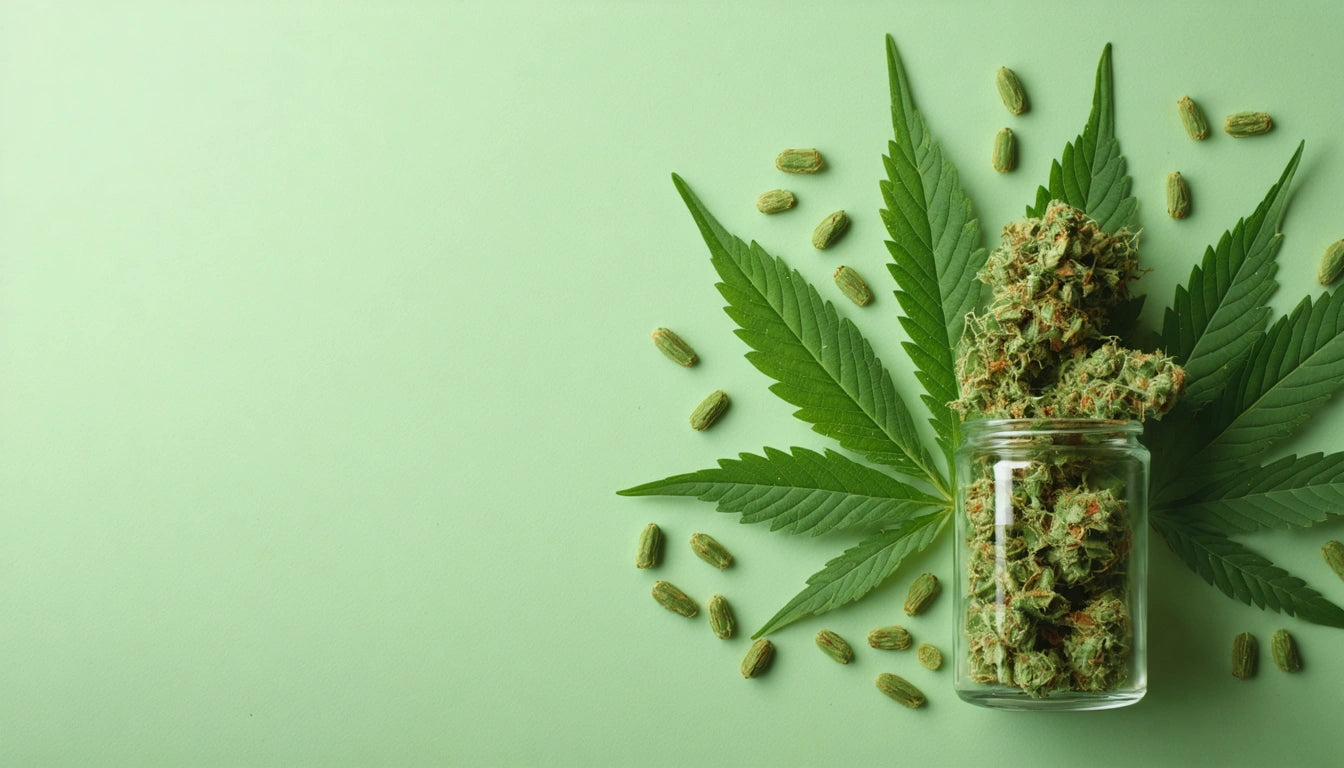Table of Contents
How Smoking Weed Affects Your Lungs: Risks and Effects Explained
Cannabis consumption has become increasingly common as legalization spreads across the United States and globally. While much attention focuses on the psychoactive effects, many users wonder about the respiratory impact. Understanding what smoking weed does to your lungs is essential for making informed decisions about consumption methods and frequency.
Immediate Effects of Cannabis Smoke on Lungs
When cannabis is combusted and inhaled, the smoke immediately contacts the delicate tissues of your respiratory system. This interaction triggers several short-term effects:
- Bronchial irritation causing coughing
- Increased mucus production
- Throat irritation and potential discomfort
- Temporary bronchodilation (opening of airways)
Many users experience coughing fits, especially during or immediately after smoking. This reaction occurs because smoke contains irritants that trigger the cough reflex, a natural defense mechanism to clear airways of foreign substances.
Long-Term Impact of Cannabis Smoking
Regular, long-term cannabis smoking may lead to various respiratory concerns:
Chronic Bronchitis Symptoms
Frequent users often report symptoms consistent with chronic bronchitis, including:
- Persistent cough
- Increased phlegm production
- Wheezing
- Chest tightness
These symptoms typically result from the repeated irritation of bronchial passages by smoke particles and heat.
Lung Function Changes
Research on long-term effects shows mixed results. Some studies indicate potential reductions in lung function, while others suggest minimal impact compared to tobacco. According to current research, cannabis smoke contains many of the same carcinogens as tobacco smoke, but the relationship between cannabis and lung cancer remains less definitive than with tobacco.
Cannabis vs. Tobacco: Comparing Lung Effects
A common question is whether marijuana smoke turns lungs black like tobacco can. While cannabis smoke does deposit tar in the lungs, several factors differentiate its effects from tobacco:
- Cannabis users typically consume less material by volume than cigarette smokers
- Cannabis doesn't contain nicotine, which causes specific damage
- Some cannabinoids may have anti-inflammatory properties that could potentially offset some irritation
Nevertheless, research indicates that heavy, long-term cannabis smoking can lead to visible changes in lung tissue and potential cellular abnormalities. While these changes don't necessarily mean lungs turn visibly black, they do represent tissue alterations that may impact respiratory health.
Common Myths and Facts About Weed and Lung Health
Several misconceptions exist regarding how weed affects lung health:
Myth: Cannabis Smoke Is Harmless
Fact: Any combusted plant material produces harmful compounds when inhaled. Cannabis smoke contains many of the same carcinogens and irritants as tobacco smoke.
Myth: Holding Smoke Longer Gets You Higher
Fact: THC absorption occurs within seconds of inhalation. Holding smoke longer primarily allows more tar and irritants to settle in the lungs without significantly increasing psychoactive effects.
Myth: Coughing Means Stronger Effects
Fact: Coughing is simply a reflex response to irritation and doesn't indicate potency or enhanced effects. In fact, coughing expels some of the smoke before full absorption.
For those concerned about respiratory effects, proper storage solutions with child-resistant caps can help maintain cannabis freshness, potentially reducing the amount needed per session and minimizing unnecessary smoke exposure.
Harm Reduction Strategies for Cannabis Users
If you choose to consume cannabis, several approaches can help minimize potential respiratory impact:
Alternative Consumption Methods
- Vaporizing: Heats cannabis below combustion temperatures, reducing harmful byproducts
- Edibles: Eliminates respiratory exposure entirely
- Tinctures: Provides precise dosing without inhalation
- Topicals: For localized effects without respiratory involvement
Smoking Modifications
For those who prefer smoking:
- Use clean equipment and change water in water pipes frequently
- Consider using hemp wick instead of butane lighters
- Avoid using tobacco products in combination with cannabis
- Take smaller hits to reduce coughing and irritation
Understanding how cannabis affects various body systems can help users make more informed choices about consumption methods and frequency.
Advancing Respiratory Health for Cannabis Consumers
As cannabis legalization expands, research into respiratory effects continues to evolve. Future studies will likely provide clearer guidance on long-term impacts and optimal harm reduction strategies. In the meantime, consumers should stay informed about emerging research and consider their individual health profiles when choosing consumption methods.
For those with pre-existing respiratory conditions like asthma or COPD, consulting healthcare providers about cannabis use is particularly important. Recent studies suggest that these populations may face heightened risks from inhaled cannabis.
By understanding what weed does to your lungs and taking proactive steps to minimize potential harm, consumers can make more informed decisions about their cannabis use while protecting their respiratory health for the long term.











Leave a comment
All comments are moderated before being published.
This site is protected by hCaptcha and the hCaptcha Privacy Policy and Terms of Service apply.